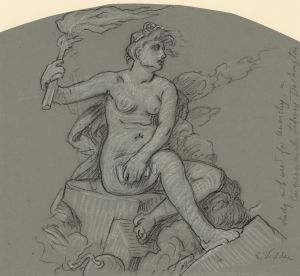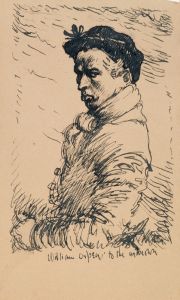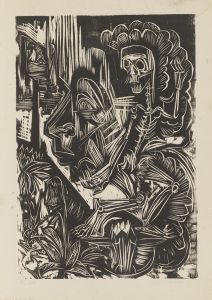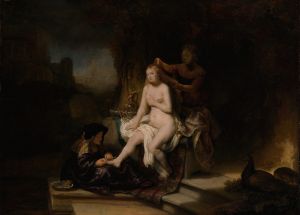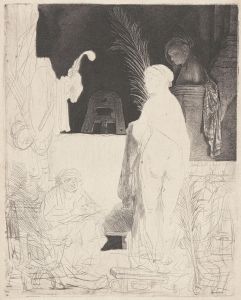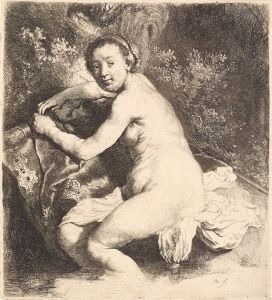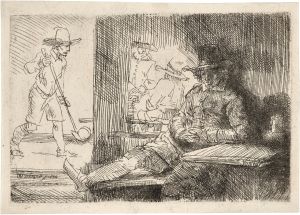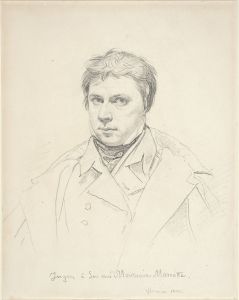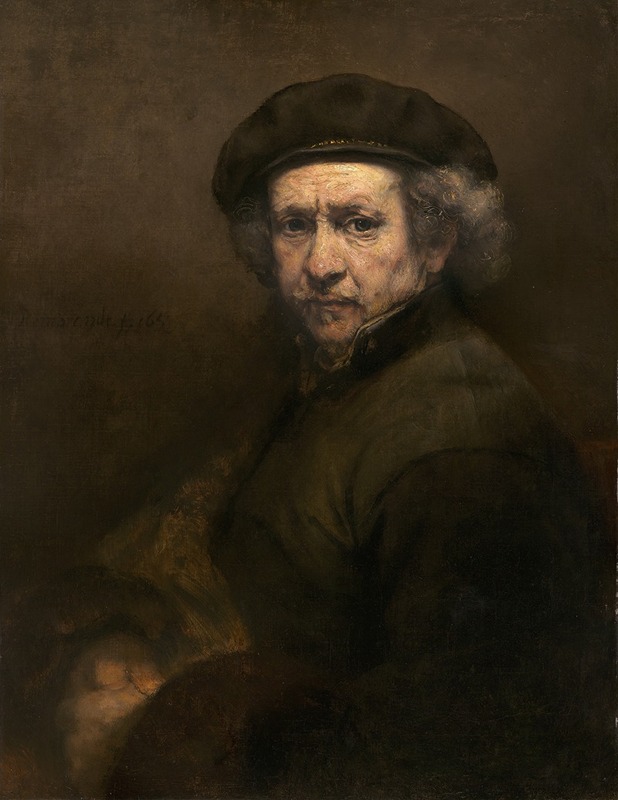
Self-Portrait
A hand-painted replica of Rembrandt van Rijn’s masterpiece Self-Portrait, meticulously crafted by professional artists to capture the true essence of the original. Each piece is created with museum-quality canvas and rare mineral pigments, carefully painted by experienced artists with delicate brushstrokes and rich, layered colors to perfectly recreate the texture of the original artwork. Unlike machine-printed reproductions, this hand-painted version brings the painting to life, infused with the artist’s emotions and skill in every stroke. Whether for personal collection or home decoration, it instantly elevates the artistic atmosphere of any space.
Rembrandt van Rijn, one of the most renowned painters of the Dutch Golden Age, created numerous self-portraits throughout his career, offering a unique and intimate view of his artistic development and personal life. These self-portraits, numbering over 40 paintings, as well as numerous drawings and etchings, are considered a significant contribution to the history of art. They not only document his changing appearance over the decades but also serve as a study of human emotion, expression, and the effects of light and shadow.
One of Rembrandt's self-portraits, often referred to simply as "Self-Portrait," is an oil painting completed in 1659. This work is housed in the National Gallery of Art in Washington, D.C., and is widely regarded as one of his masterpieces. In this painting, Rembrandt portrays himself at the age of 53, during a period of personal and financial hardship. Despite the challenges he faced, including bankruptcy and the loss of his wife and several children, the self-portrait exudes a sense of dignity and resilience.
The composition of the painting is notable for its simplicity and focus on the artist's face and upper body. Rembrandt is depicted wearing a fur-lined cloak and a beret, a costume reminiscent of Renaissance attire, which he often used in his self-portraits. The background is dark and plain, drawing attention to the artist's face, which is illuminated by a soft, natural light. The use of chiaroscuro, a technique Rembrandt mastered, enhances the three-dimensional quality of the figure and adds depth to the image.
In this self-portrait, Rembrandt's expression is introspective and solemn. His gaze meets the viewer directly, creating a sense of connection and immediacy. The painting is characterized by its loose, textured brushwork, particularly in the rendering of the face and clothing. This technique, which became more pronounced in Rembrandt's later works, demonstrates his confidence and skill as a painter.
The self-portrait is often interpreted as a reflection of Rembrandt's inner strength and his ability to endure adversity. However, it is important to note that such interpretations are subjective and not explicitly documented by the artist himself. What remains clear is that this painting, like many of Rembrandt's self-portraits, serves as a testament to his enduring legacy as one of the greatest portraitists in the history of art.





